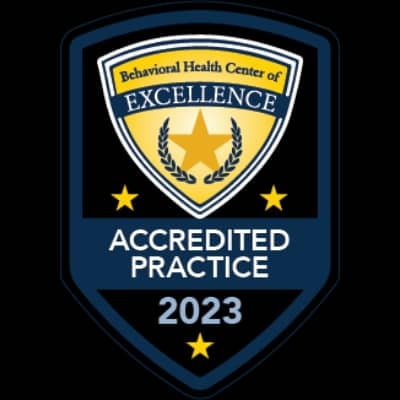
By: Cristina Martínez
M.B.A, M.S, BCBA, LBA
Coauthor: Ariadna Martin,
MS
Sibling Superpowers
When a child is diagnosed with Autism Spectrum Disorder (ASD), the family dynamic inevitably shifts. Among the most affected are often the siblings. They navigate a unique journey, balancing their role as a brother or sister with the complexities of living alongside someone with unique needs. Yet, within this dynamic lies an incredible opportunity: siblings can become some of the most effective and compassionate trainers in an Applied Behavior Analysis (ABA) intervention plan.
The Sibling Advantage
Siblings have a special bond with their brother or sister with ASD. This bond is built on trust, shared experiences, and love. Leveraging this relationship within ABA programs can lead to remarkable outcomes:
- Natural Reinforcement: Siblings often serve as natural reinforcers, providing praise, play, or attention that feels more meaningful to the child with ASD.
- Peer Modeling: Siblings can model appropriate social behaviors, communication, and emotional responses, which are essential components of many ABA goals.
- Motivation and Engagement: Activities and games involving siblings are often more engaging for children with ASD, leading to higher participation and enthusiasm.
Benefits for Siblings
While the focus is often on the child with ASD, involving siblings in ABA interventions offers significant benefits for them as well:
- Increased Empathy: Siblings develop a deeper understanding of their brother or sister’s challenges and strengths.
- Improved Communication Skills: By participating in ABA strategies, siblings often enhance their own social and communication skills.
- Stronger Family Bonds: Shared successes in therapy foster closer relationships and a sense of teamwork within the family.
- Empowerment: Siblings feel more capable and confident in their ability to support their brother or sister.
Supporting Siblings in Their Role
To ensure siblings thrive in their role as trainers, it is essential for both professionals and families to provide them with support and guidance:
Teaching siblings about ASD in an age-appropriate way fosters understanding and patience. Structured training sessions that equip siblings with fundamental ABA principles—such as prompting, reinforcement, and managing challenging behaviors—can significantly enhance their ability to support their brother or sister. Play sessions can be used to teach social skills, turn-taking, and cooperative play. Thus, the sibling can model behaviors and encourage participation.
In conclusion, siblings of children with ASD have the potential to be incredible allies in their brother or sister’s developmental journey. Through ABA interventions that harness this unique relationship, families can achieve meaningful progress while fostering stronger sibling bonds. By empowering siblings with the tools and support they need, we can create a collaborative environment where every member of the family thrives.


